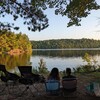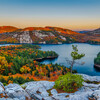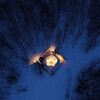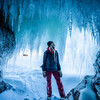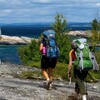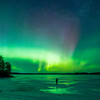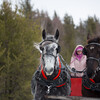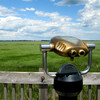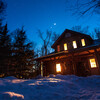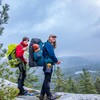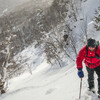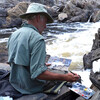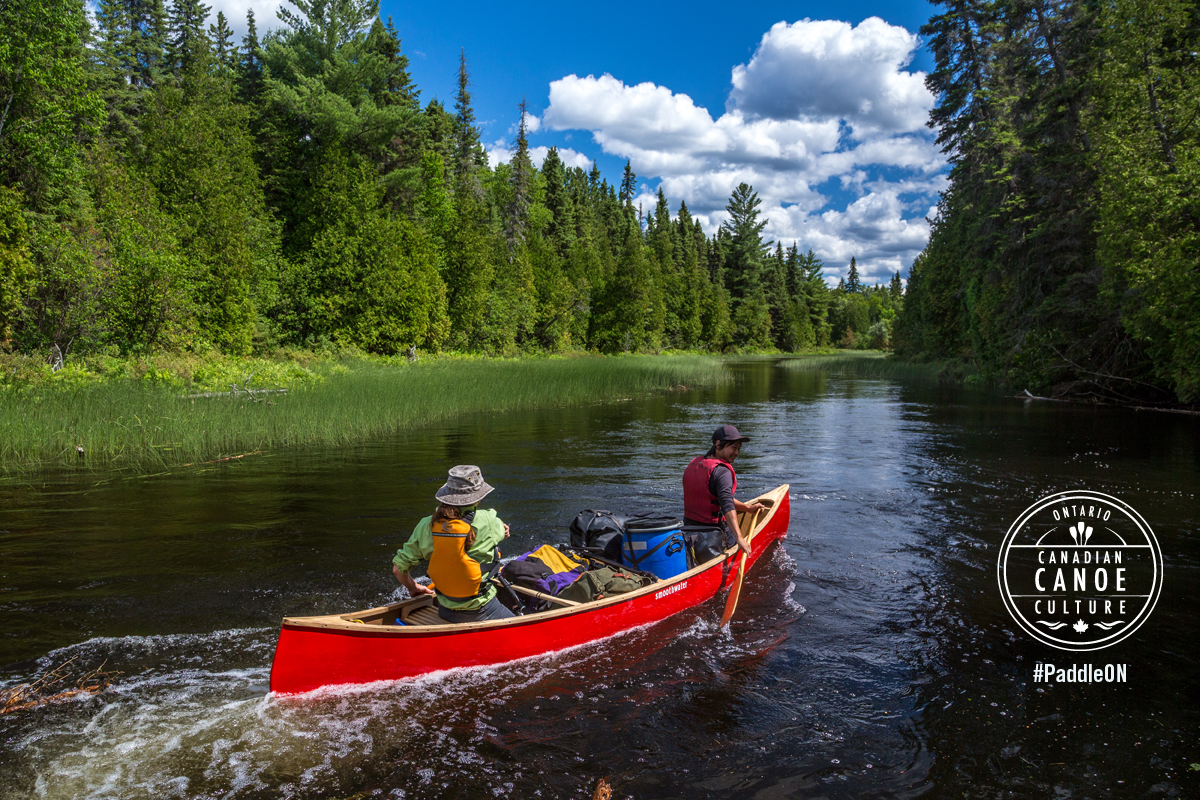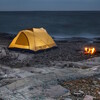
History, Art, Adventure and Kindness
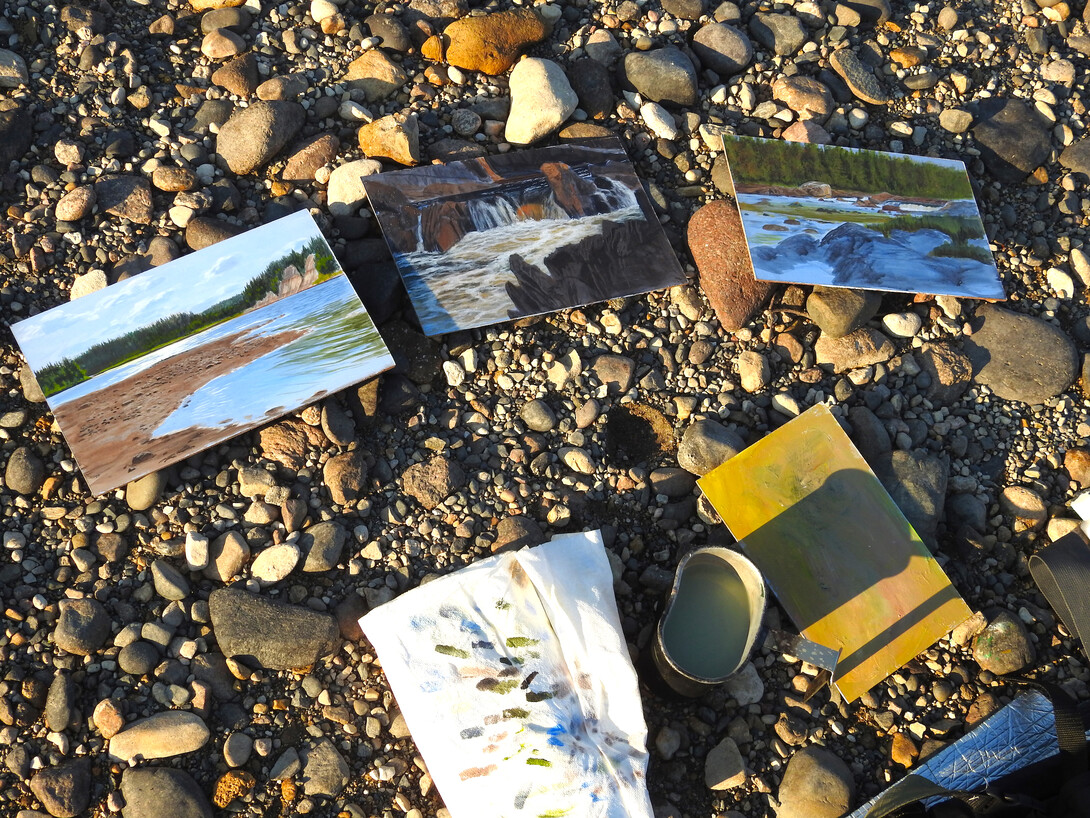
On August 24, 2001, I set off on a journey to recharge my artistic batteries. My plan was to paddle the Missinaibi River, a Canadian Heritage River in Northern Ontario from “Source to Salt,” finishing at Moose Factory; the first English settlement in Ontario, founded by the Hudson Bay Company in 1673 on James Bay.
An artist friend of mine accompanied me for the first 130 miles (210 km) but from the last road crossing at Mattice I had to continue northward solo. Company had been wonderful (and is generally recommended for safety reasons), but traveling alone created a rarefied magic. For days on end the steady rustle of wind in the trees and the current murmuring around rocks and hull, the rhythmic dip and pull of the paddle and occasional calls of Loons, Kingfishers, and Sandhill Cranes rebounding over the water; all combined in a soothing free-form concert of sound – but with no noise. Even while running rapids or encountering a bear or moose, there was the pervasive quietude of what most of us call wilderness.

As wildernesses go, it is a big one: the largest on Earth, the circumpolar Boreal Forest. At its core is the rugged spruce clad craton of North America, the Canadian Shield. The Missinaibi River flows smack through the middle of it, and following its many moods as it carves its way north, it can be easy to imagine that you are the first to travel this way – especially alone in September. You are not.
First, the Missinaibi is popular with modern canoeists – especially in July and August.

Secondly, in years gone by, as the shortest link between the Great Lakes and the Arctic Ocean, the Missinaibi was a critical route for the fur trade. Yet even the Voyageurs were far from the first canoemen on this wild, remote stream. Dwarfing their storied tenure, for thousands of years before the Hudson Bay Company, the Cree and Anishinabe called this river and the land it enriches, not wilderness but home. They still do.
Prior to contact with Europeans, the Cree of the James Bay region were nomadic hunter/gatherers and part of the largest and one of the most powerful Algonquin tribes in North America. However, the arrival of the fur trade introduced disease and a cash economy, wreaking profound change and even tragedy. Yet, as the dramatic end of my attempt to reach James Bay proved, for all the travails and disruption the Cree suffered, the culture’s essential community spirit survives and is still strong.
On September 12, 2001, I reached the tiny Cree village of Moose River Crossing where the Ontario Northland RR bridges the river 40 miles from the Bay. Three other U.S. canoeists (the first people I’d seen in 170 miles) were waiting for the next twice-weekly train (it runs daily except Saturdays now) which would be there the next morning. They had run out of food but I had plenty so I camped with them and shared a meal. Several residents, including an elder, stopped to visit. It was a wonderful evening, and later the Northern Lights put on a grand show that we enjoyed immensely.
In the morning the elder returned. He explained to me that the previous day the entire village had agreed together that to spare us a pointlessly anxious night since we were all from the U.S., no one would speak of the terrible news he had to give me. He then he told me of the terrorist attacks on 9/11. Indeed, no one else had said a word the evening before, something I can hardly imagine back home. A brother of mine was in the Pentagon and a first cousin’s office was in the WTC. For me that small community’s communal consideration and fortitude was amazing, particularly fortunate, and deeply appreciated. Yet for them, it was apparently just second nature; it was “what you do.” Needless to say, I was on the train back south later that morning too (my brother and cousin were OK).
Missinaibi River, July 29, 2016:
That 2001 Missinaibi adventure spurred an ongoing project that has now involved over thirty artists from Canada and the U.S. including Robert Bateman on wilderness art expeditions from Labrador to Alaska.
Fifteen years later, it was time to return to where it all started to complete the journey that I’d had to cut short, but this time I wasn’t alone. I was joined by Canadian artist Julia Hargreaves, fellow Vermonter and professional photographer Stephen Gorman, and New Hampshire ecology student Julia Daniell.
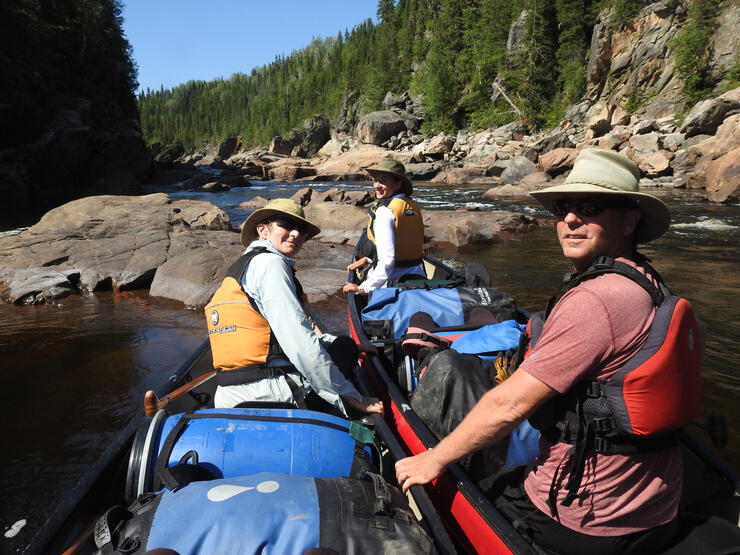
Preparing our canoes at the Fred Neegan Landing in Mattice, Ontario, we were privileged to have Fred Neegan himself visit. Fred is a Cree riverman. He is 85 and has lived mostly on the Missinaibi for his entire life (so far). He told us he knows every channel, but his days of long canoe trips were past. Fred generously shared stories of his life and the river, including being at Residential Schools that First Nations children used to be required to attend in order to assimilate (often by force) into modern Canadian life. Fred nonetheless maintains a cheerful and friendly persona – as he says, life is too short not to.
By chance, there was an outfitter’s party putting in just ahead of us and one of the guides gave us a heads up that they would be at the first good camp site. Fred helpfully suggested another camp downstream that few people know about. He posed for pictures by the stone and plaque with his image at the landing and cheerfully, though with what I thought a touch of wistfulness, wished us a good journey. As we had noted with Inupiat camps in Alaska, Fred’s suggested campsite was back in the bush, not on the beach; unobtrusive and sheltered.
For two wild, scenic weeks on the river we ran rapids, watched birds and moose, and listened to wolves and loons, but there was little sign of humanity – indigenous or otherwise.
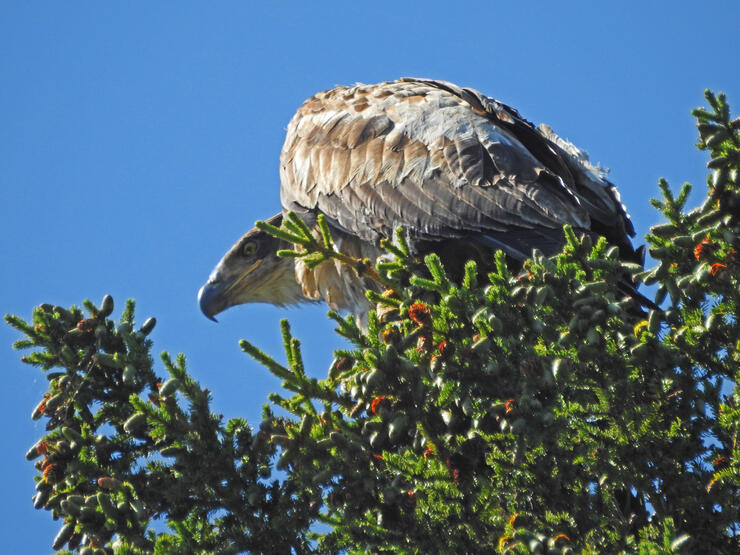
However, even with Fred far behind, and Moose Factory far ahead, we were inherently linked to the indigenous cultures that had thrived here for millennia. Not only were we following in Fred’s and his ancestors’ wakes, every day we traveled in modern descendants of that iconic and artistic engineering marvel of the Algonquin First Nations: the birchbark canoe.
On August 12, in a scene reminiscent of 150 years before, we ground ashore below the Hudson Bay Staff House at Moose Factory. Founded as “Moose Fort,” it is on an island seven miles from the open waters of the bay. It is now a National Historic Site and the principal town of the Moose Cree First Nation. The town of Moosonee on the west bank of the river, across from Moose Factory, was established by a Hudson Bay Company’s rival, Revillon Frères in 1903 and in 1932 became the northern terminus for the Ontario Northland RR (the Mayor gave us an informative tour).
The Hudson Bay Staff House where we stayed for two days was built around 1850 and is the oldest building in the James Bay region. It has excellent accommodations (including kitchen and laundry) on the second floor and a museum on the first floor which can be explored at leisure.
Rounded off with a Cree bannock and tea reception at the Cree Cultural Interpretation Center longhouse with traditional music by the High Ridge Singers and a motor canoe tour out to the open waters of James Bay, those two days were the perfect cultural/historic compliment on which to end our “wilderness” trip.
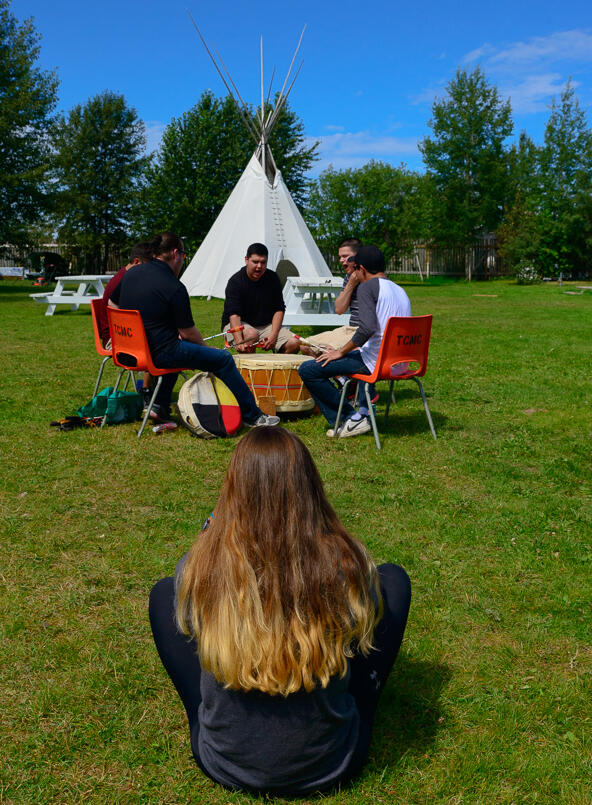
As a wildlife artist, wilderness canoeist, and biologist, my default focus when paddling a river is nature. I have traveled routes more remote than the Missinaibi and understand the allure and romance of trackless wilderness; it is profoundly stirring (though it usually requires a bush plane). However, trudging across a well-worn portage trail that could only be where it is, and therefore has likely been there for centuries or with quiet force, finding ancient pictographs on a sheltered rock wall, adds an enriching dimension to a journey, connecting you to the river’s history and the lives that others have led for hundreds and thousands of years in this wild land. That is profoundly stirring too.
FIND OUT MORE
Ontario Parks Backcountry Adventures on the Missinaibi River
Recommended Articles
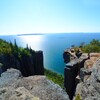
11 Jaw-Droppingly Beautiful Landscapes
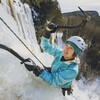
Winter Festival Adventures
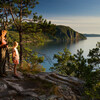
Your Outdoor Adventure Vacation Starts Here
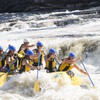
Call Us Crazy
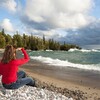
Attention Detroit
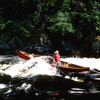
Paddling "the Pet"
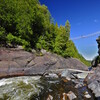
Ontario’s National Parks
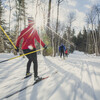
Best Cross Country Ski Spots

Adventure Races Ontario

Dogs Welcome!
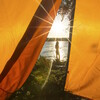
The Best Camping In Ontario

25 Adventurous Fall Activities in Ontario
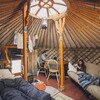
All-Season Ontario Camping: 10 Incredible Yurts
Can't-Miss Skating Trails & Outdoor Rinks
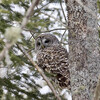
Where to See Ontario's Coolest Wildlife
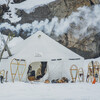
Winter Camping
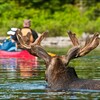
Want to photograph moose?

Ontario Trail Races

Still Ice: Ontario’s Best Frozen Waterfalls
